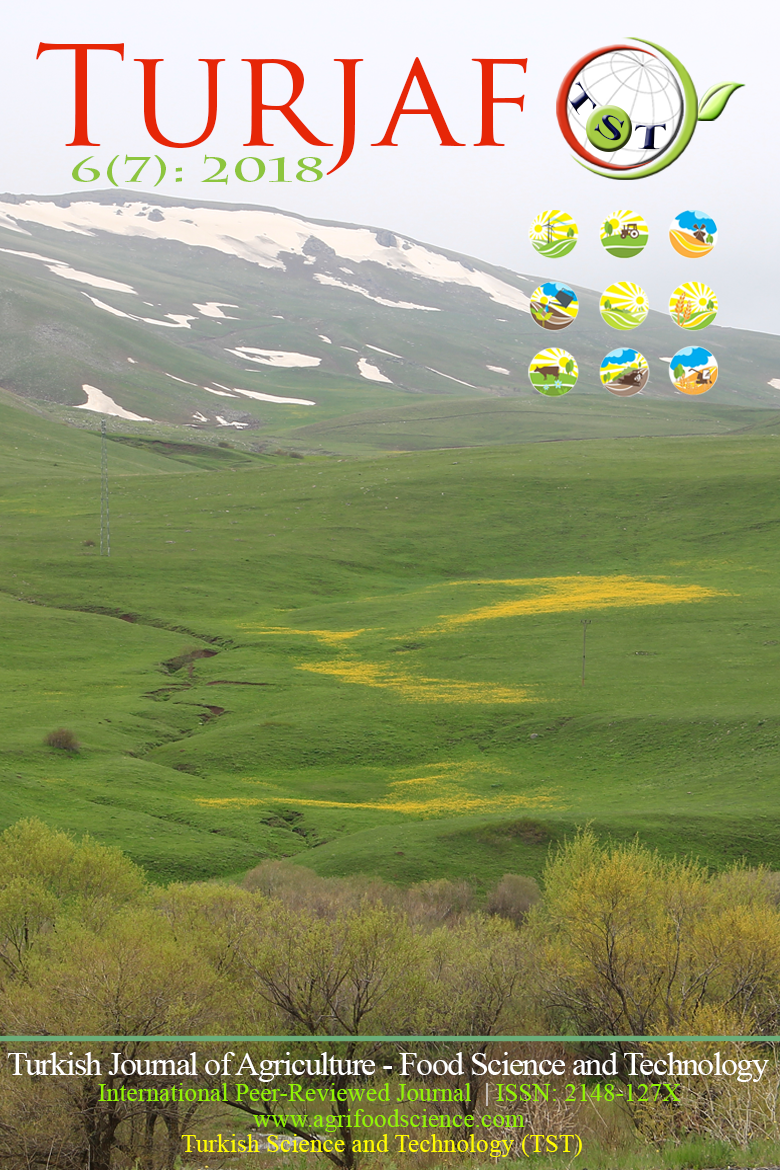Determination and Comparison of In Vitro Radical Scavenging Activity of Both Garlic Oil and Aqueous Garlic Extracts and Their In Vivo Antioxidant Effect on Schistosomiasis Disease in Mice
DOI:
https://doi.org/10.24925/turjaf.v6i7.820-827.1647Keywords:
Garlic extracts, Antioxidant, Radical scavenging activity, schistosomiasis, wormsAbstract
Garlic has long been utilizing as a folk remedy for various diseases. In this study, the effect of aqueous garlic extract (AGE) (125 mg kg-1), garlic oil extract (GOE) (125 mg kg-1), and the combination of both extracts (AGE+GOE) (62.5 from each) was studied over a parasitic disease namely schistosomiasis. Determination of some radical scavenging activities including Ferric Reducing Ability Power, Hydrogen peroxide, DPPH and nitric oxide radical scavenging activities were studied. The antioxidant properties of the mentioned extracts on both normal and Schistosoma mansoni-infected mice was also studied. The liver tissues were analyzed for the level of Malondialdehyde (MDA) and glutathione (GSH) known as biomarkers for oxidative and reducing status, respectively. The results showed that almost all tested extracts showed high effect of radical scavenging activity. Furthermore, remarkable decrease in worms and tissue eggs were analyzed in all tested extracts as AGE+ GOE (1015 ± 1.41) represented higher level of prohibition in total number of worms and eggs compared to infected untreated mice (1502 ± 2.13). The garlic extracts were potent antioxidants with slight differences.Downloads
Published
16.07.2018
How to Cite
Sadrefozalayi, S., Aslanipour, B., Alan, M., & Calan, M. (2018). Determination and Comparison of In Vitro Radical Scavenging Activity of Both Garlic Oil and Aqueous Garlic Extracts and Their In Vivo Antioxidant Effect on Schistosomiasis Disease in Mice. Turkish Journal of Agriculture - Food Science and Technology, 6(7), 820–827. https://doi.org/10.24925/turjaf.v6i7.820-827.1647
Issue
Section
Research Paper
License
This work is licensed under a Creative Commons Attribution-NonCommercial 4.0 International License.









